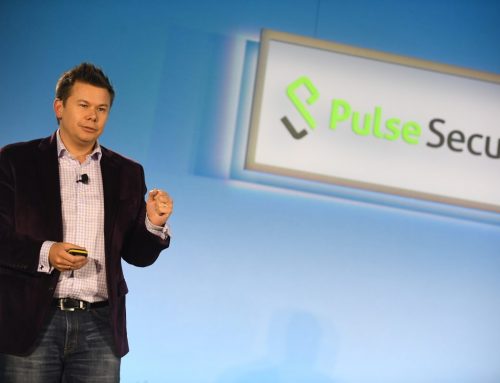Pro tips: What to think when creating slides for your next presentation or keynote

Slides are personal
A great slide deck can make a keynote or any presentation magical, they are a very personal thing, and over the years I have created and presented more than I would like to count. I’m one of those people that actually enjoys it, and that’s why I decided to do it for a living (ok, my plug is out of the way).
I want to give you some tips for your next corporate presentation or keynote, and yes if you need some advice, I’d be happy to help (ok, that was the last plug.)
First off, I want you to read this article with the right context. I’m coming from the perspective that you are trying to relay corporate, product or topical information. These tips do not translate as well to long educational sessions, or highly technical content that might be discussed between software developers.
Do I need slides?
This horrifies some people that have become accustomed to having slides if they say anything to a group. These people also think that having slides proves that they have worked hard on their topic, that they are showing something tangible. This simply is not true.
The most powerful tool you have to use in the room is you.
You are personal. You have the ability to articulate a topic or story and also nuance your tone and rhythm to match the room. Slides can’t do that.
But, slides are used in the majority of presentations. Generically in the keynote world, we just call them “graphics”, and it really doesn’t matter how you create them, whether its Microsoft Powerpoint, Apple Keynote, Prezi or anything else. Slides do serve as a great way to assist you with your message.
What should the role of my slides be?
Think of slides as your reinforcer, they are there to help you get your message across, that’s all.
Your slides should look great but not be the star, that’s your job. I see too often presenters think far more about their slides than their delivery of the content, which is completely back to front.
How many slides do I need?
This is probably the most common question that comes up. The conversation usually goes along the lines of “We’ll, they want me to talk for 25 minutes, so let’s assume 1 minute per slide, so I need 25 slides, right?”
Or, “I have 54 slides and I only need to talk for 25 minutes, I have far too many”
These are not useful discussions, the reason being is that you should not be spending a set amount of time presenting each slide, it all depends on your style. I present many more slides than average as I like to keep my content impactful, varying and simply there to support what I’m saying.
You can tell when someone doesn’t quite get the personal nature of presenting, when they come into the room to review someone else’s slide deck and the first thing they are concerned about is the amount of slides in the time given. It’s just not helpful.
I remember once we had employed a guest speaker for an event, Harper Reed a really engaging speaker for our tech based audience. These numbers aren’t exact, but Harper spoke for around 40 minutes, and he had around 450 slides! And his impact – massive!
Keep it simple
The most impactful slides are the simple ones. I’m a big follower of Garr Reynolds in this regard – his “Presentation Zen” attitude matches mine.
Audiences are actually pretty simple when it comes to listening to a presentation, they can only do one thing at once, and you need to make sure that they are concentrating on you rather than reading your slides (or playing with their phone or talking to the person next to them.)

Slides should not stand on their own
Apart from the right number of slides and slide complexity, there are some other common questions and considerations that come up in the world of keynotes and presentations;
What if someone wants to print the slides afterward?
If this is a legitimate concern, slides should not be altered with printing in mind. In fact, designing a slide deck with a mindset of someone printing it later goes against the reason we have slides, to back up what we are saying.
Slides should not be self-contained, you should not be able to print your slide deck and give it to someone so that can read what you said. If you want to be able to supply a hard copy of the presentation, create a separate document that has that aim.
Should I make my slide deck available for download after the presentation?
No! Again, the slides should not stand by themselves. Now, I will caveat that with the fact that you may have an audience that will leverage your content at a later time (eg. A sales organization going out to sell to customers after they hear your presentation about a product).
If that is the case, then please ensure you supply your slides with detailed speaker notes so that recipient understands the context of each slide.
Someone missed my presentation, and they asked me to send them my slides
Don’t do it. They won’t get any value from your slides alone, what they need is for either you to walk them through the presentation, or to watch a recording of it.
How should I distribute my keynote or presentation afterward?
The best way of distributing your presentation is to have it produced as a video.
With the right editing, your presentation can be packaged into a consumable video (or series) that will engage audiences for years to come. Oh, and one last plug, I can help you with that too.

